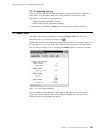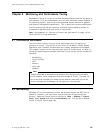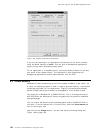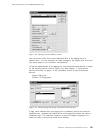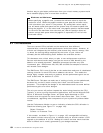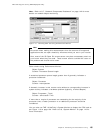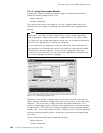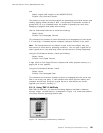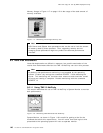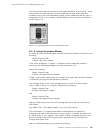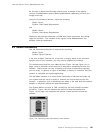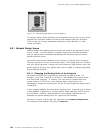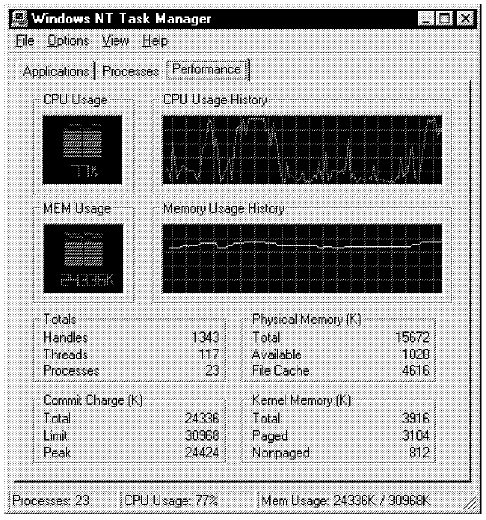
This soft copy for use by IBM employees only.
that it could experience. The opposite is also true when the system experiences
medium- or low-load conditions; the amount of unused memory could decrease
as a result of the memory cache being flushed and decreased in size. There are
well-thought-through memory algorithms that control the memory use of the
operating system.
However, a server has finite resources, and the more benefit users see from the
system, the more they will demand from it. The amount of memory that your
system has available will influence the performance of your server. If your
server has a limited amount of memory and demand is placed on the server,
even for ordinary tasks, Windows NT will start swapping memory blocks to the
pagefile, which can slow your server. The less memory your server has, the
slower it will be.
Upgrading server memory is comparatively one of the least expensive of your
options when you have to upgrade.
8.5.1.1 Using Task Manager
The Windows NT Task Manager, shown in Figure 114, is useful when quickly
assessing the memory and CPU use of your server. Although it is not as
accurate as some of the methods described below, it is handy when you just
want a quick look at CPU use.
To start Task Manager, click with the right button on the Task Bar, and select
Task Manager.... Select the Performance tab and Figure 114 is displayed.
Figure 114. Using Task Manager to Show Memory Usage
Chapter 8. Monitoring and Performance Tuning 137



